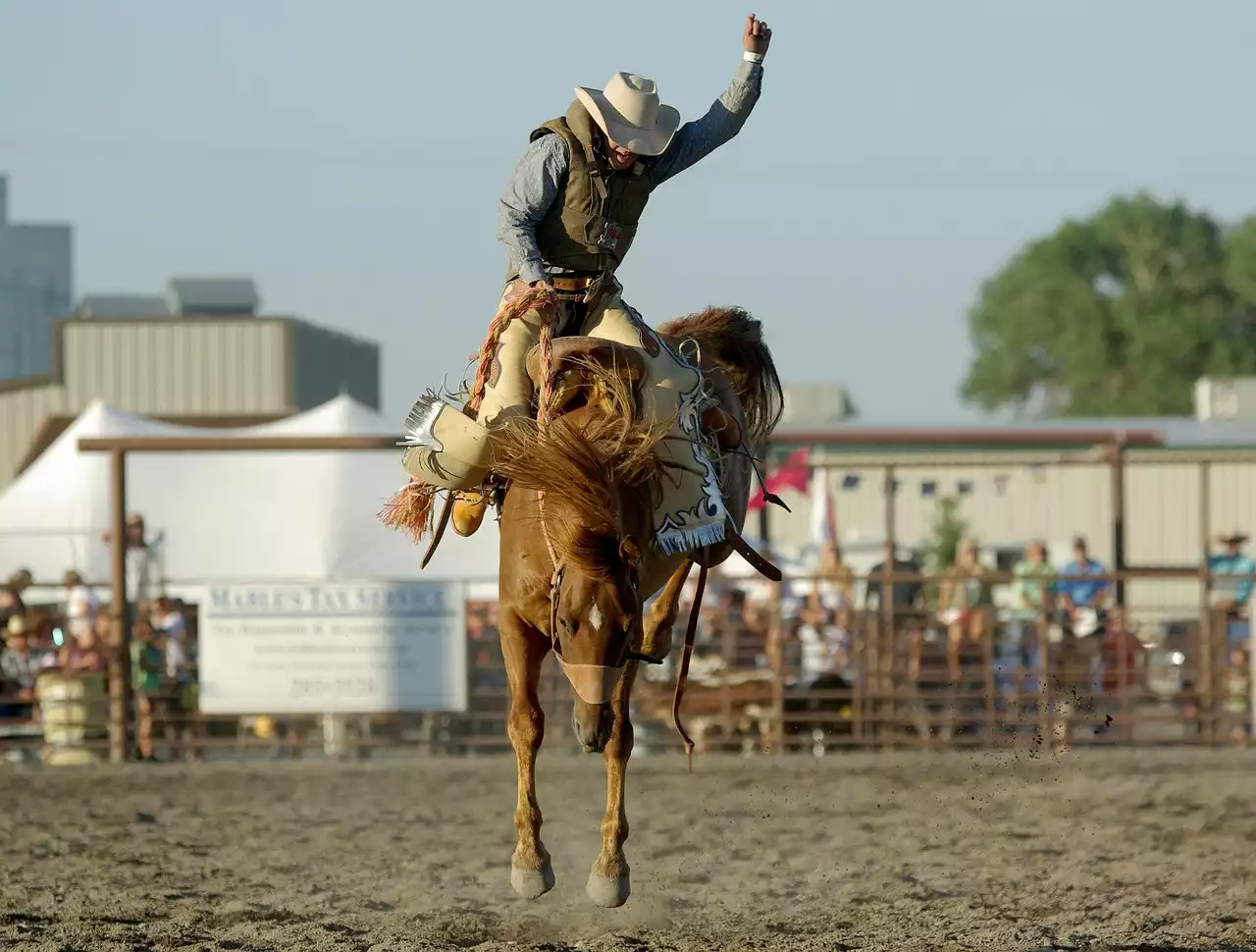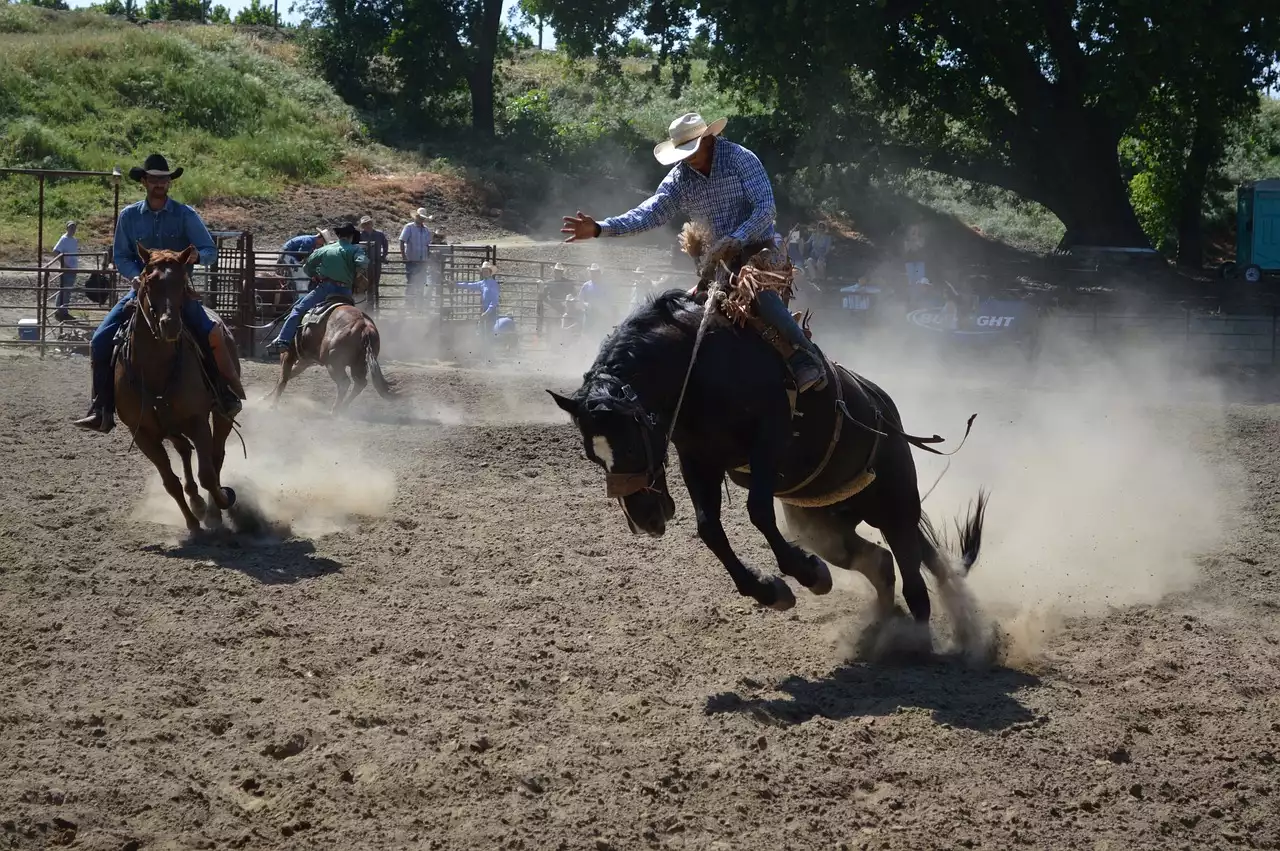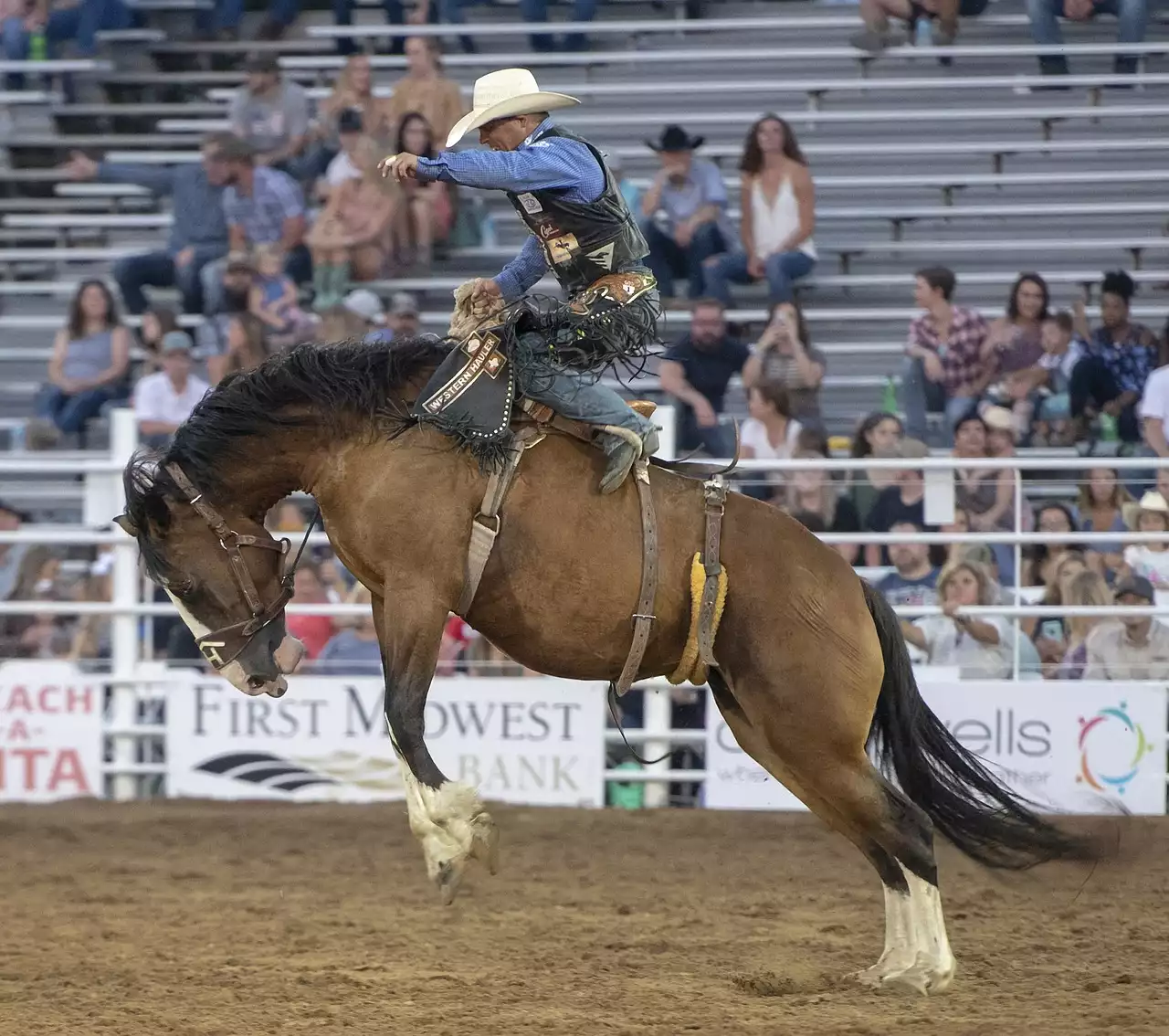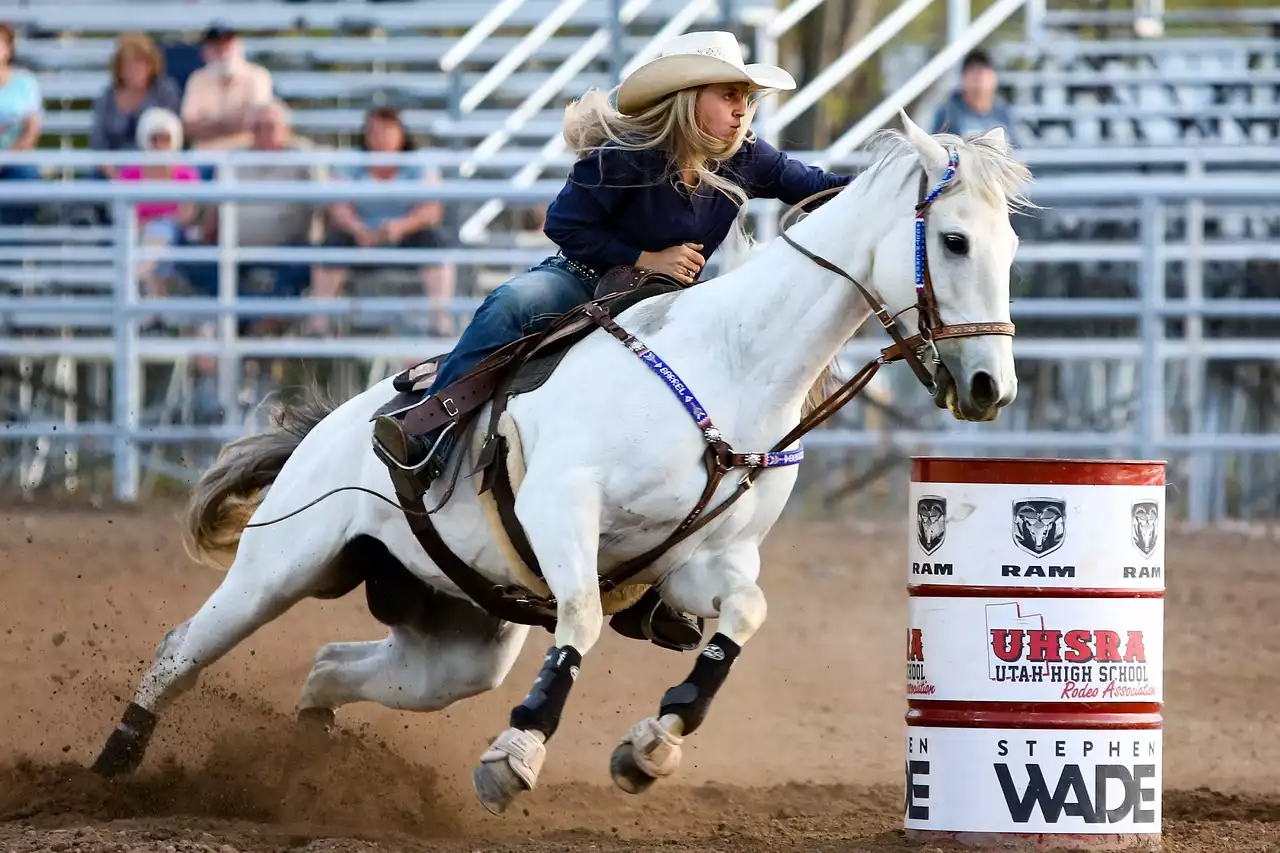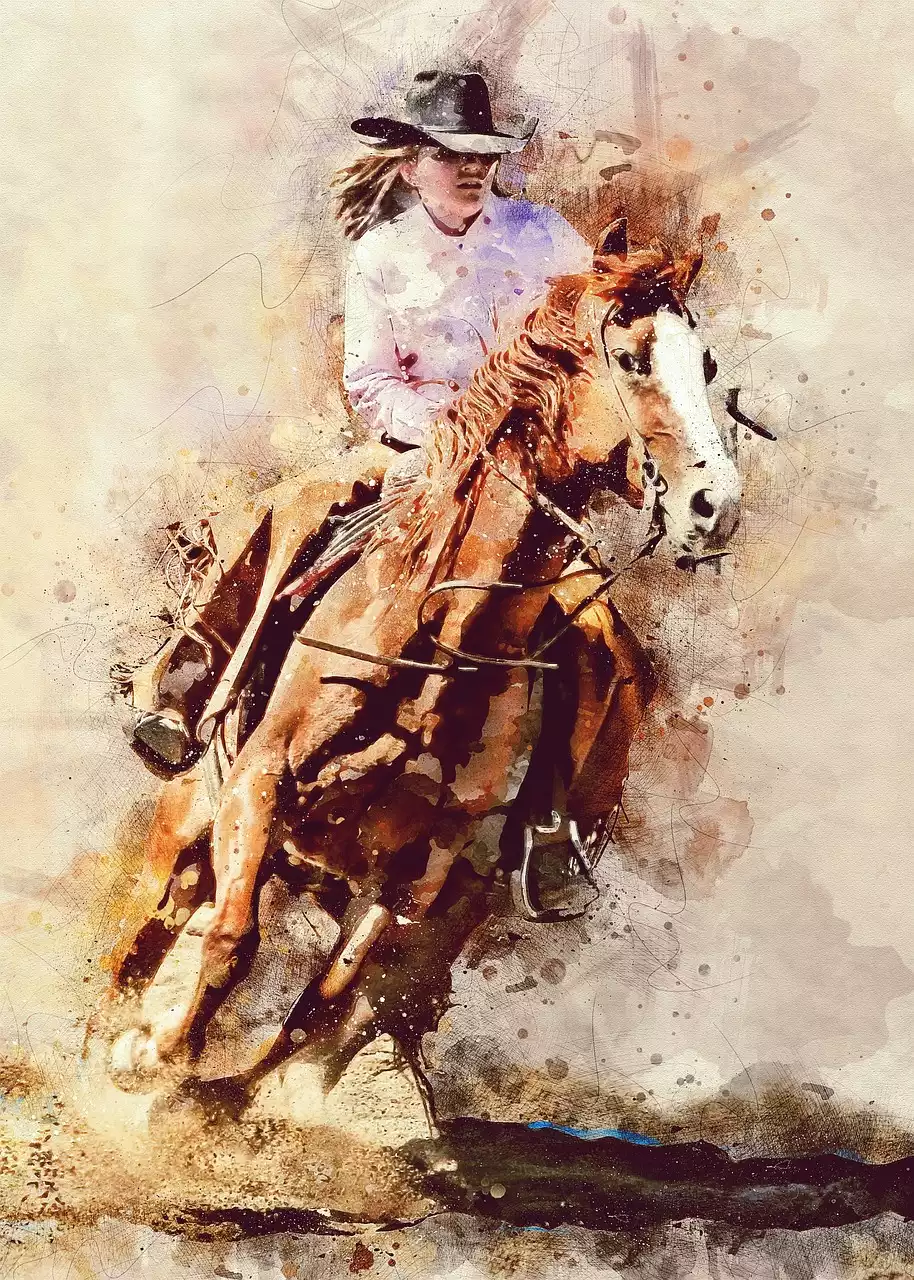History of American Rodeo
The roots of American rodeo can be traced back to the early days of ranching in the western United States. The cowboys of the 1800s would often gather together to compete in informal contests of skill and bravado, such as roping, riding, and bull-dogging. In the late 1800s, these contests began to evolve into more formalized events, with the first recorded rodeo taking place in Prescott, Arizona in 1888. From there, rodeo grew in popularity, with events popping up all across the western United States. By the 1920s, rodeo had become a major spectator sport, with large-scale events drawing in crowds of thousands of people.
Impact of American Rodeo on the Global Stage
Today, rodeo is a truly global phenomenon, with events taking place in countries all around the world. In fact, some of the largest rodeos in the world are held outside of the United States. For example, the Calgary Stampede in Canada attracts over a million visitors each year, making it one of the largest outdoor events in the world. Similarly, the Cheyenne Frontier Days in Wyoming is one of the largest rodeos in the United States, drawing in crowds of over 200,000 people each year.
The impact of American rodeo on the global stage can also be seen in the growth of international rodeo competitions. The Professional Rodeo Cowboys Association (PRCA), which is the largest rodeo organization in the world, hosts events in countries such as Canada, Mexico, and Brazil. In addition, the International Professional Rodeo Association (IPRA) hosts events in countries all around the world, including Australia, Spain, and France.
Rodeo Events and Competitions
One of the things that makes rodeo so exciting is the wide variety of events and competitions that take place. From traditional events like bull riding and bronc riding to more modern events like barrel racing and team roping, there's something for everyone in the world of rodeo.
Bull riding is perhaps the most well-known rodeo event, and for good reason. This thrilling competition sees a rider attempt to stay on the back of a bucking bull for as long as possible, with the goal of achieving a high score from the judges. Similarly, bronc riding involves a rider attempting to stay on the back of a bucking horse for as long as possible.
Barrel racing is a newer event that has become extremely popular in recent years. In this competition, a rider and horse must navigate a series of barrels in the fastest time possible. Team roping is another popular event, which sees two riders working together to lasso a steer as quickly and efficiently as possible.
Famous American Rodeo Athletes
Over the years, American rodeo has produced some truly legendary athletes. One of the most famous of these is Lane Frost, a bull rider who won the PRCA World Championship in 1987. Tragically, Frost died in a bull riding accident just two years later, but his legacy lives on in the rodeo world.
Another famous rodeo athlete is Ty Murray, who is considered by many to be the greatest rodeo cowboy of all time. Murray won seven All-Around World Championships during his career, and was inducted into the ProRodeo Hall of Fame in 2000.
Animal Welfare Concerns in Rodeo
Despite its many fans and followers, rodeo has also faced its fair share of criticism over the years, particularly when it comes to animal welfare concerns. Critics argue that events like bull riding and bronc riding are cruel and inhumane, and that the animals involved are subjected to unnecessary pain and suffering.
In response to these concerns, many rodeo organizations have implemented strict animal welfare regulations and guidelines. For example, the PRCA requires all rodeo animals to be treated with respect and dignity, and has implemented a number of rules and regulations aimed at ensuring their safety and well-being.
Future Outlook for American Rodeo
Despite the challenges it has faced, American rodeo remains a beloved sport that continues to grow and evolve with each passing year. As the world becomes more connected and globalized, the influence of rodeo is likely to continue spreading to new corners of the globe.
One area where rodeo is likely to see significant growth in the coming years is in the realm of tourism. Rodeo events are already a major draw for visitors to the United States, and this trend is likely to continue as more and more people become interested in western-style culture and entertainment.
Rodeo Tourism and Economic Impact
Rodeo events don't just attract visitors, they also have a significant economic impact on the communities where they take place. In addition to ticket sales, rodeos generate revenue from things like food and beverage sales, merchandise sales, and sponsorships.
According to a study conducted by the University of Wyoming, the Cheyenne Frontier Days rodeo generates an estimated $28 million in economic impact each year. Similarly, the Calgary Stampede is estimated to generate over $400 million in economic impact for the city of Calgary.
Cultural Significance of American Rodeo
Beyond its economic and sporting significance, American rodeo also holds an important place in the country's cultural history and identity. Rodeo has long been seen as a symbol of the American West, representing the rugged individualism, independence, and self-reliance that are so often associated with that region.
This cultural significance can be seen in everything from the clothing and equipment used in rodeo events to the music and art that surround it. Rodeo has also inspired countless films, books, and other works of art, further cementing its place in the American cultural canon.
